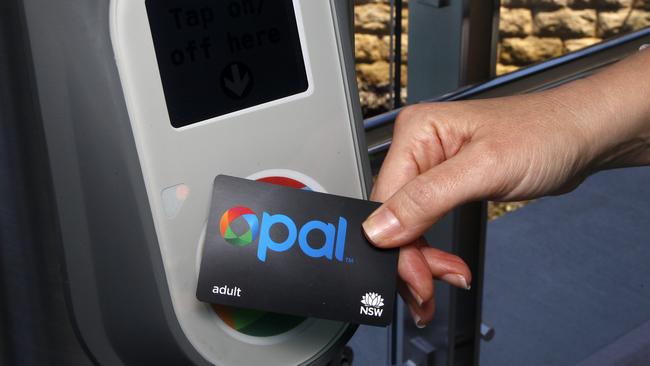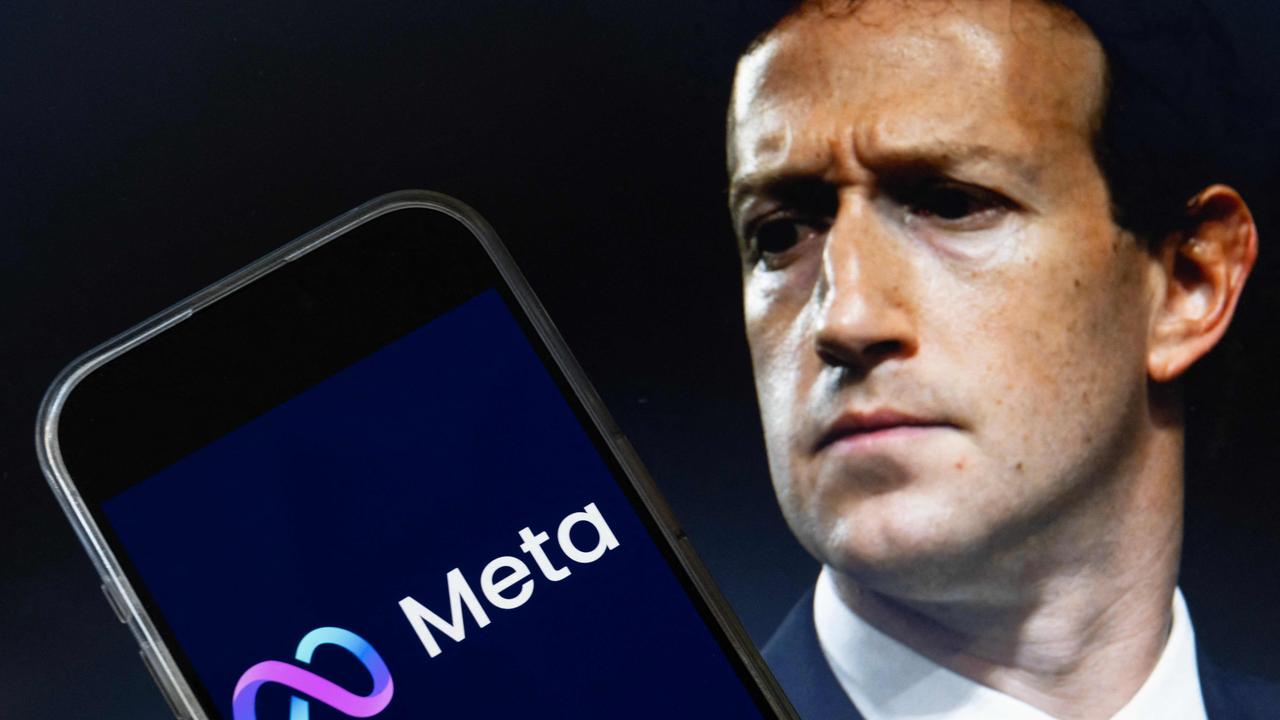Opal cards prove a tracing success
NSW Health says Opal cards used on public transport confirmed a link between coronavirus cases on the same bus.

NSW Health says Opal cards used on public transport confirmed a link between coronavirus cases on the same bus.
Opal cards are plastic cards used for making payments on New South Wales public transport by swiping on and off upon entry and exit.
The issue was raised by NSW Senator Kristina Keneally who on the ABC’s Q&A panel on Monday said the NSW Opal Card had “done a better job” at tracking coronavirus than the government’s COVIDSafe app.
NSW Health has included scheduled train and bus routes in its daily list of circumstances where the public may have had contact with known COVID-19 sufferers.
These include bus routes in Sydney, trains to Lidcombe, Merrylands, Mount Fruit and Parramatta, Blacktown, the NSW Central Coast, the North Shore line and Eastern Suburbs lines, at specific dates and times.
Residents have been asked to contact NSW Health if they were on specific services.
However NSW Health has confirmed that it can access the Opal Card records of infected passengers to find who is on the same service at the same time.
“Transport for NSW has provided NSW Health with Opal card data to assist with contact tracing of COVID cases,” a NSW Health spokesperson said.
“It helped us to confirm an epidemiological link between two recent cases who had caught the same bus.”
The spokesperson said NSW Health can obtain Opal card data if the initial case provides their card number and is registered with Opal.
“When a passenger tells contact tracers they have travelled by public transport, TfNSW (Transport for NSW) provides the details of other registered Opal cards used on the same service.”

The spokesperson said this was allowed under legislation. NSW contact tracers then contacted other people on those services who were identified as close contacts. All of the information provided was strictly confidential.
The spokesperson said the NSW contact tracing team had rapidly scaled up since the beginning of July. There were now more than 400 staff from various NSW Government agencies, including NSW Health, working 14 hours a day in two shifts on contact tracing in the state.
“This is an increase of 386 since the team was established on 12 March 2020.”
The Australian has asked the Victorian government whether it too was using that state’s Myki cards as part of its contact tracing effort. So far there has been no response.
Victorian Premier Daniel Andrews this week said the Victorian Government has engaged US cloud-based software firm Salesforce to help digitise the state government’s contact tracing effort. Salesforce’s role was “to consolidate and align many different platforms into one platform”, he told the media on Tuesday.
“That just means that there‘s less pen and paper, there’s less manual data entry,” Mr Andrews said.
The Victorian Government was also implementing an “artificial intelligence product” from IBM. “It has been retrofitted if you‘d like to give us some of that predictive sort of predictive capacity that can help you pick up patterns that might not necessarily be obvious. That is in development now, that is being stood up as we speak.”
The Victorian government has not only been criticised for using extremely manual pen and paper record keeping, as confirmed by Mr Andrews, but for using old-style fax machine technology.
Meanwhile, federal shadow minister for health Chris Bowen has taken aim at the federal government’s COVIDSafe app, saying the government should admit the app didn’t work.

“We should do everything in our power to get the app working,” says Mr Bowen. “The Government needs to be honest with Australians about the app’s flaws. The Government needs to be honest about what it can fix to get the app working as a contact tracing tool.
“ Trust comes from transparency. So far we’ve had none of that from the Government when it comes to this app.
“As far as the COVID Senate Committee has been informed, only 14 contacts have been traced by using the app, all in NSW. The Government could be having roundtables with epidemiologists, technology experts and communications experts to fix the flaws on the app.”
Mr Bowen says more information in more languages would empower and educate more people about COVID-19.
“Labor called for a COVID information app at the start of the pandemic to communicate with Australians. There’s no reason why the tracing app and the information app couldn’t be the same app.”
One issue is whether alerts or public SMS could be used to alert people nearby COVID hot spots or to encourage them to wear masks according to state rules.
“Better alerts could make a huge difference for utilising the app. Again, the Labor Party would support more informative campaigns in more languages.”
Mr Bowen says privacy needs to be a priority for contact tracing and in technology. “Any consideration on incorporating location services needs to be worked through with privacy and technology experts.”
Recently there have been calls for the federal government to develop a “check-in” app that would make checking in at hotels and restaurants easier. Some venues still ask patrons to sign-in using pen and paper, with an associated risk of multiple people using the same pen.
Many venues allow patrons to scan a QR-code which gives them access to a venue entry form they fill out on their phone. An especially built app may circumvent that requirement.
“Simplifying any check in services at hospital venues during this time is a good idea. Labor would be open to supporting that. The Federal Government should consider what other resources they could provide to states or particular sectors to ease the burden of contact management.”


